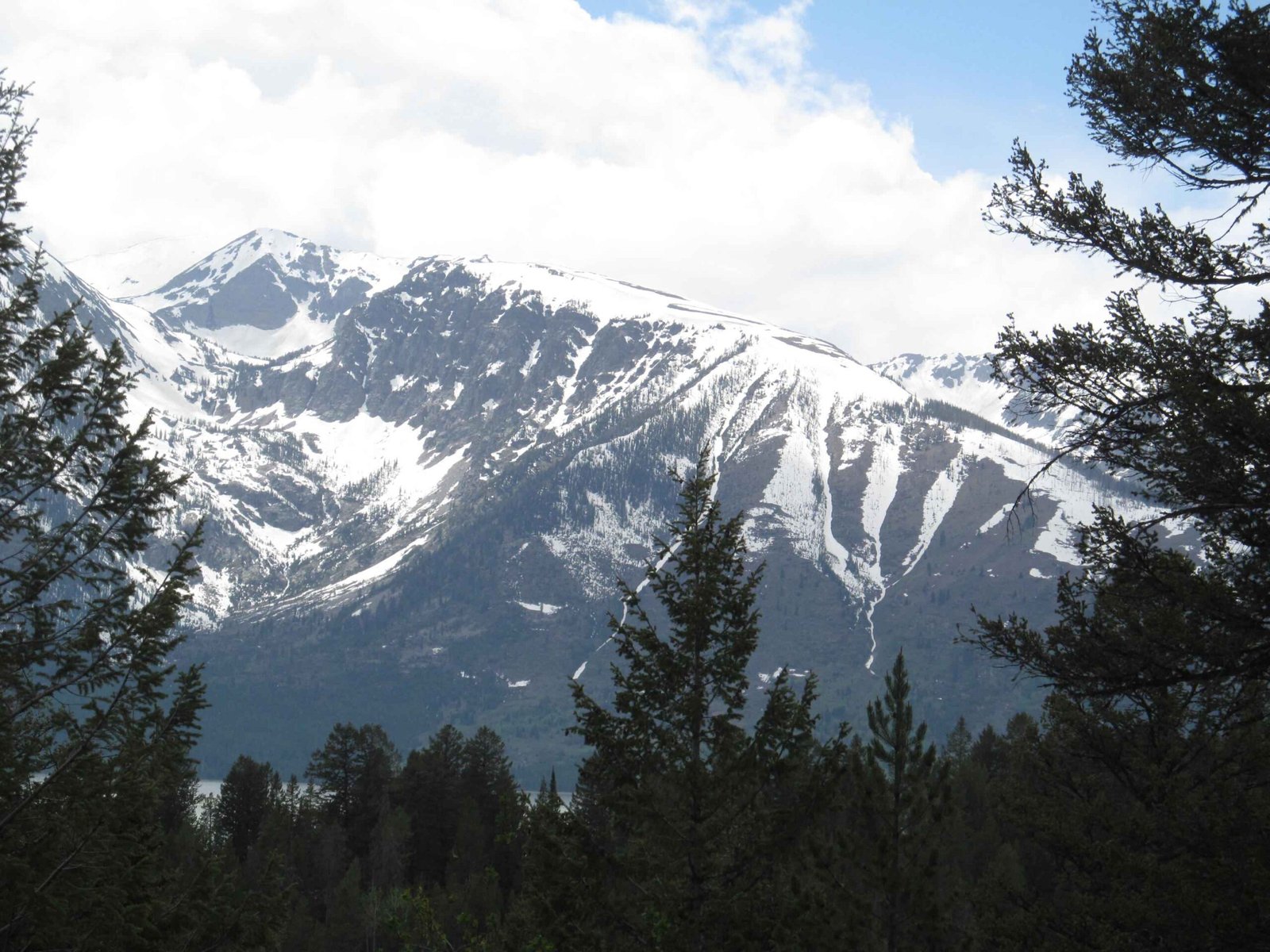As dawn breaks over the Teton Range, a thick veil of mist transforms the landscape into a mystical realm. The tranquil waters of alpine lakes reflect ghostly silhouettes of pine forests, creating an otherworldly scene for adventurers seeking an intimate connection with wilderness. A foggy morning canoe trip in Grand Teton National Park promises an unparalleled experience of solitude, natural beauty, and unexpected wildlife encounters.
What Makes Grand Teton’s Foggy Mornings Unique for Canoeing?

Grand Teton National Park offers an extraordinary canvas for early morning paddlers. The interplay of moisture, temperature, and topography creates mesmerizing fog formations that hover just inches above pristine lake surfaces. These conditions transform familiar landscapes into dreamlike environments, offering photographers and nature enthusiasts unprecedented visual opportunities.
Recommended Lake Routes
| Lake | Difficulty | Wildlife Potential | Fog Density |
|---|---|---|---|
| String Lake | Easy | High | Medium |
| Jenny Lake | Moderate | Very High | High |
| Jackson Lake | Advanced | Moderate | Low |
Where Can Paddlers Launch Their Canoes?

String Lake: Beginner’s Paradise
- Minimal current
- Warm, shallow waters
- Ample parking facilities
- Picnic areas nearby
- Ideal for first-time foggy morning explorers
Jenny Lake: Scenic Wilderness
- Dramatic Teton Range backdrop
- Rental facilities available
- Multiple launch points
- Proximity to hiking trails
- Higher likelihood of wildlife encounters
What Wildlife Might You Encounter?
During foggy mornings, wildlife becomes more active and less cautious. Potential sightings include:
- Moose grazing near shorelines
- Black bears foraging
- Elk moving through misty meadows
- Bald eagles hunting fish
- Otters playing in sheltered bays
How Should You Prepare for a Foggy Canoe Trip?
Essential Safety Equipment
- Waterproof navigation devices
- Personal flotation devices
- Bear spray
- Warm, layered clothing
- Waterproof communication devices
- Thermal emergency blanket
Navigation Tips
- Use GPS with pre-downloaded park maps
- Carry compass as backup
- Move slowly and cautiously
- Listen for wildlife sounds
- Maintain visual awareness of surroundings
What Photography Techniques Work Best?
Foggy conditions create unique photographic opportunities:
– Use neutral density filters
– Adjust exposure compensation
– Focus on silhouettes and reflections
– Capture subtle color gradients
– Emphasize depth and mystery
What Are Potential Challenges?
Environmental Considerations
- Reduced visibility
- Sudden temperature changes
- Potential rapid weather shifts
- Limited communication
- Wildlife proximity risks
Recommended Time and Season
| Month | Fog Probability | Recommended Difficulty |
|---|---|---|
| June | High | Beginner |
| July | Medium | Intermediate |
| August | Low | Advanced |
| September | High | All Levels |
Pro Tips for Memorable Experience
- Start early (pre-sunrise)
- Check weather forecasts
- Inform park rangers about your route
- Carry emergency communication device
- Respect wildlife boundaries
- Move quietly and deliberately
Final Thoughts
A foggy morning canoe trip in Grand Teton National Park transcends typical outdoor experiences. It offers a profound, meditative journey through one of America’s most stunning landscapes, where every paddle stroke reveals nature’s most intimate moments.
